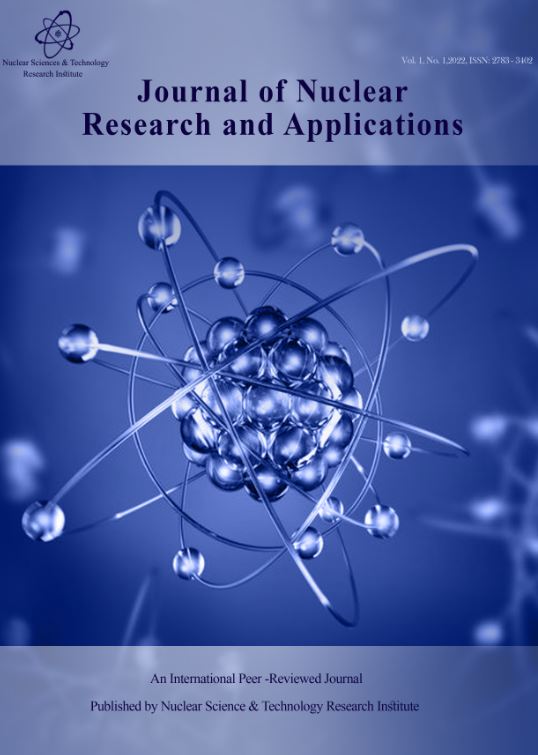Document Type : Research paper
Authors
1 Reactor and Nuclear Safety Research School, Nuclear Science and Technology Research Institute, AEOI P.O.Box: 14399-55933, Tehran – Iran
2 Atomic Energy Organization of Iran, Isfahan, Iran
Abstract
Zr-1 wt% Nb is extensively utilized as a structural material for fuel rod cladding in nuclear power plant reactors. The microstructural refinement of the cladding alloy in the hot manufacturing stage not only increase its mechanical properties but also influences the fuel rod's performance and integrity. In the present study, the hot compressive behavior and microstructural evolution with the aim to identify the recrystallization mechanism type in Zr-1 wt% Nb was investigated. Hence, the hot compression test was conducted at different temperature range of 600-900 ◦C and strain rates of 0.001-1 s-1. At the hot deformation temperature of 600 ◦C, the compressive stress was monotonically increasing with straining due to the occurrence of the work-hardening mechanisms in the deformation process. At the high deformation temperatures of 700 ◦C and above, the compressive strength initially increased until it reached the peak stress, after which it gradually decreased and settled into the steady state region. Investigating the hot deformed microstructures imply that significant grain refinement was obtained through the dynamic recrystallization occurrence. It was concluded that the continuous dynamic recrystallization and dynamic recovery were among the first softening mechanisms activated up to strains of 0.3 and then the discontinuous dynamic recrystallization completes the grain refinement in the microstructure.
Keywords
Main Subjects

